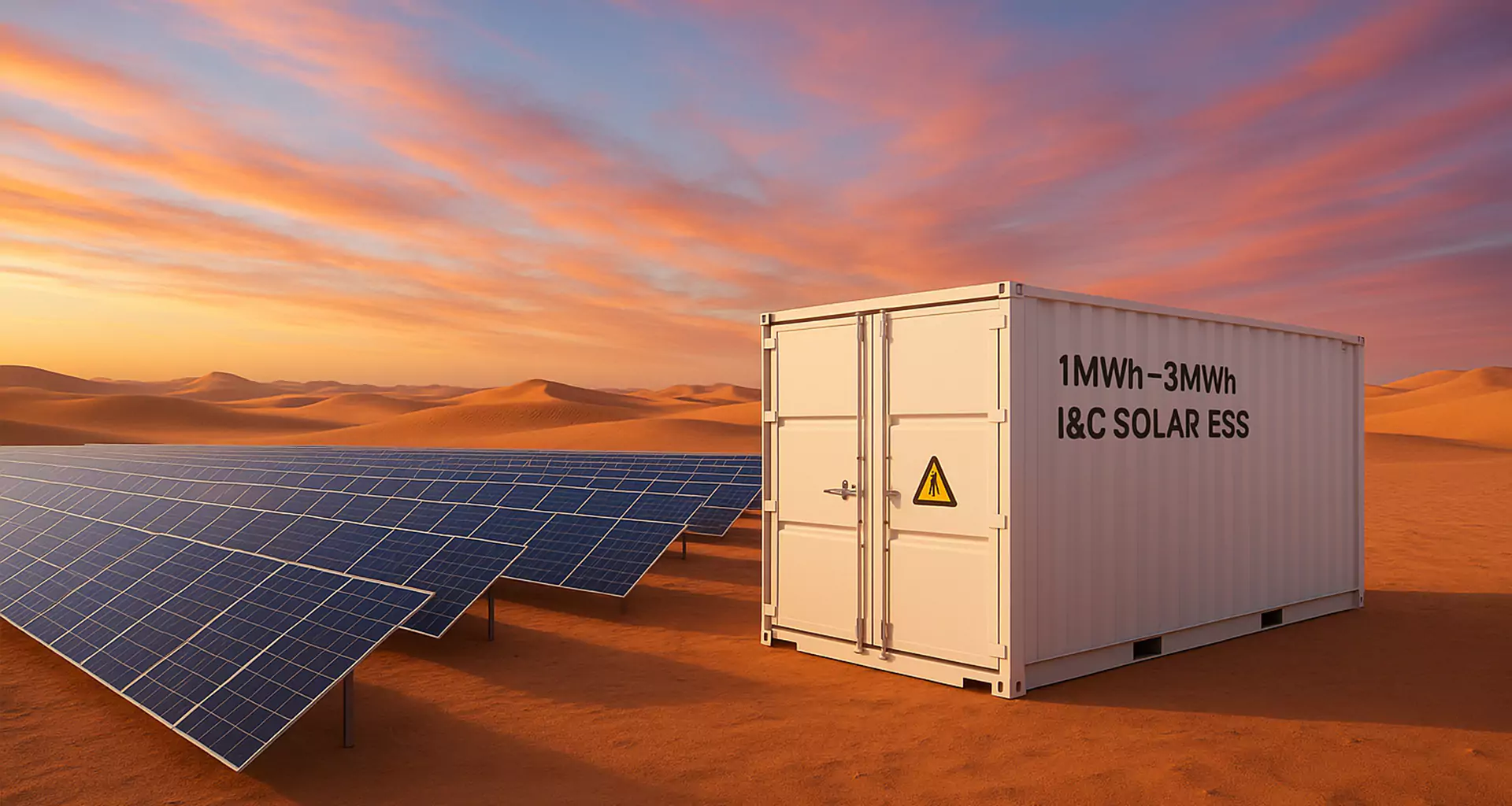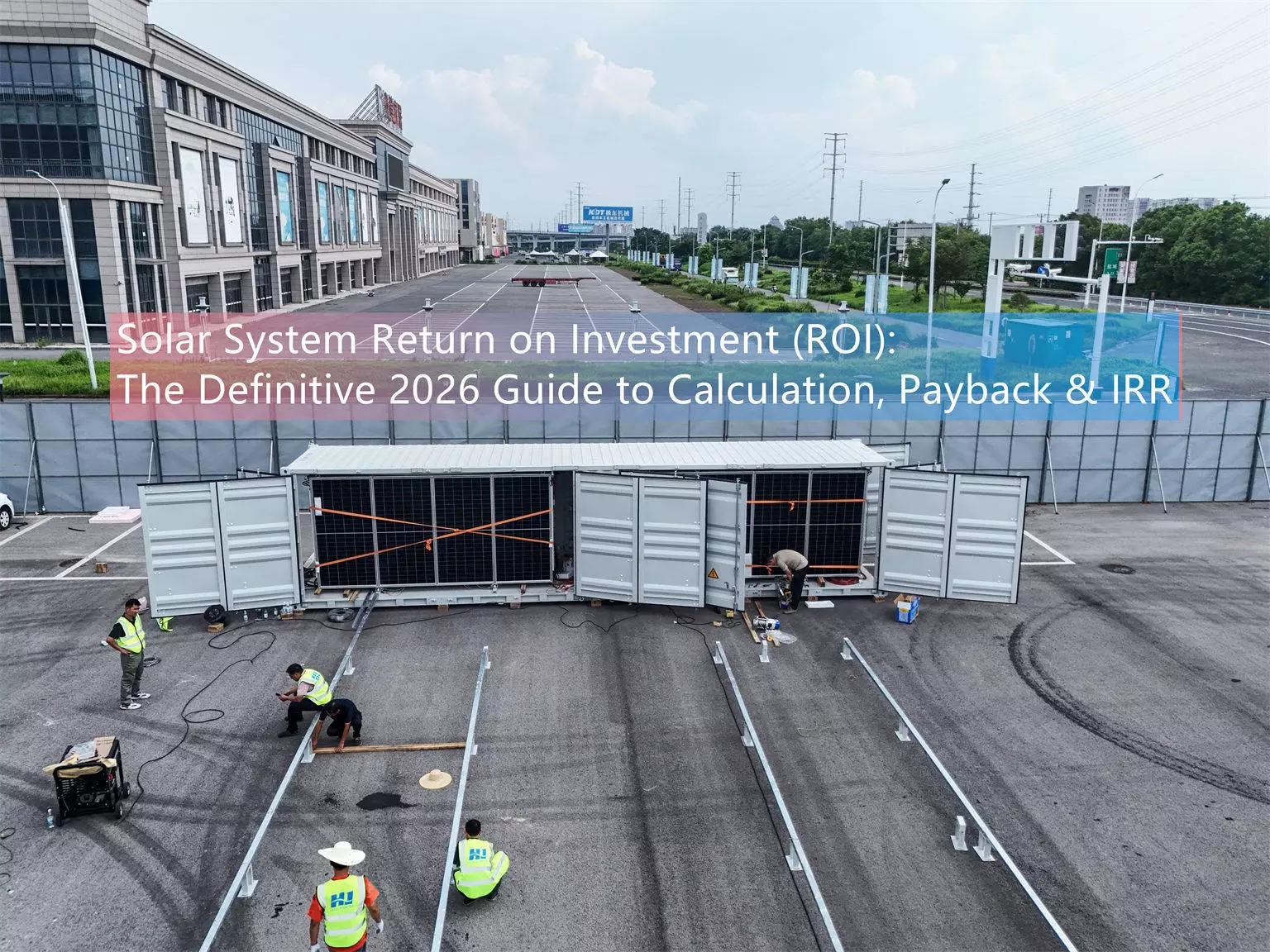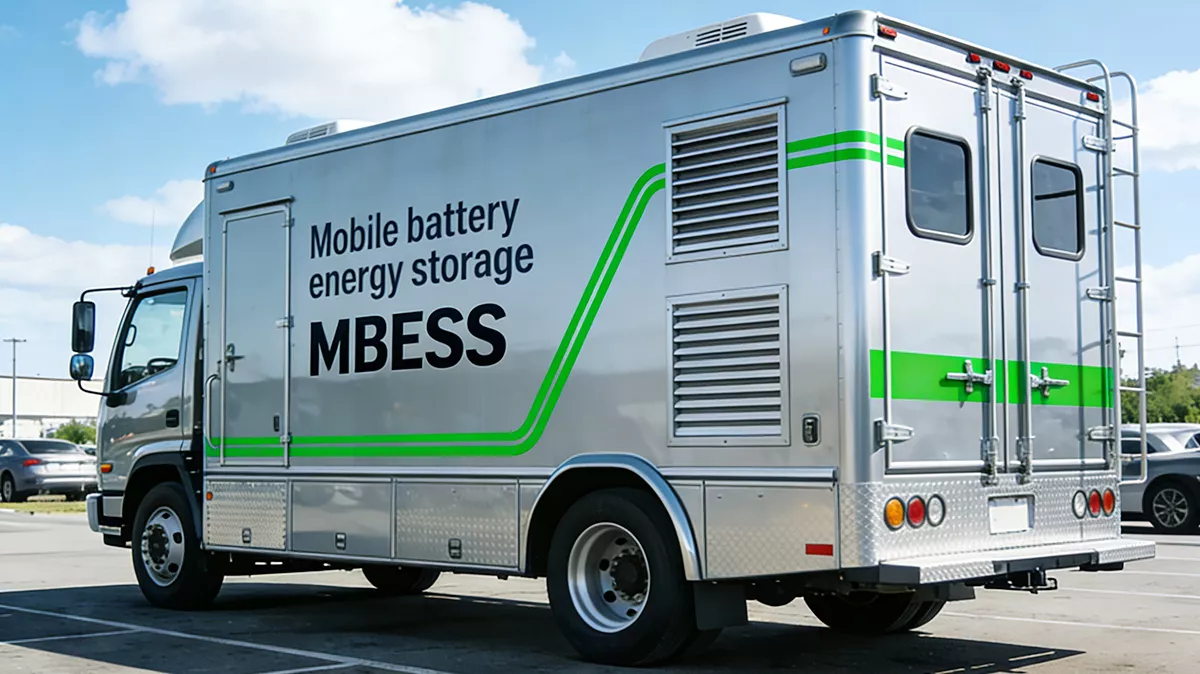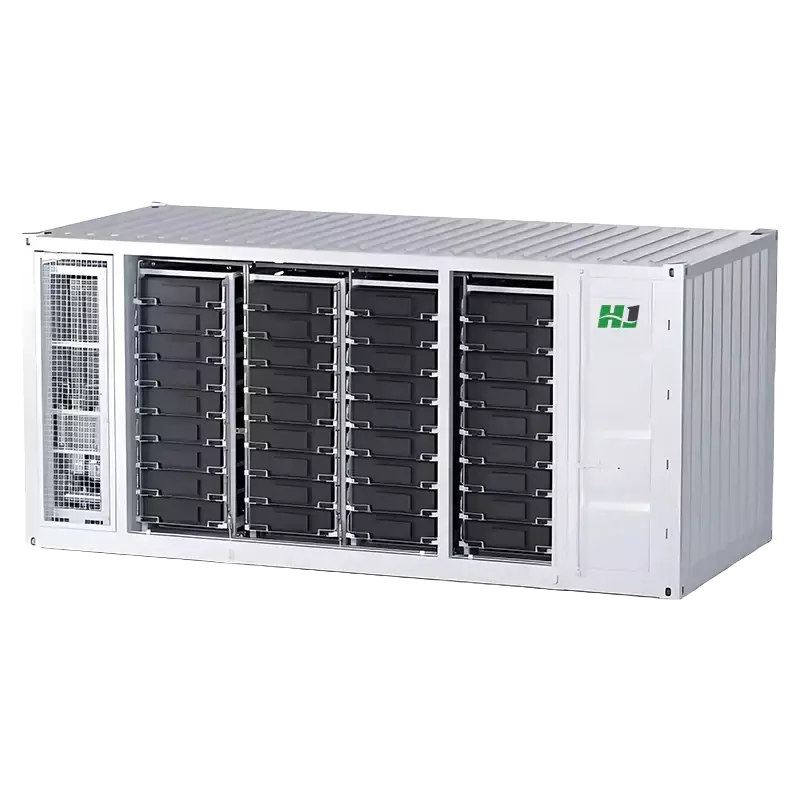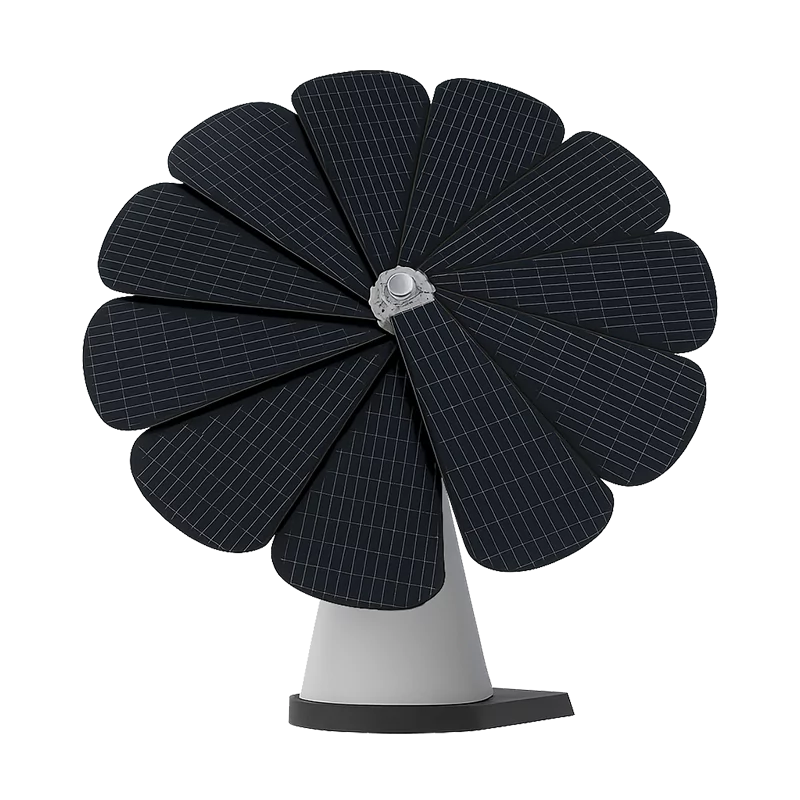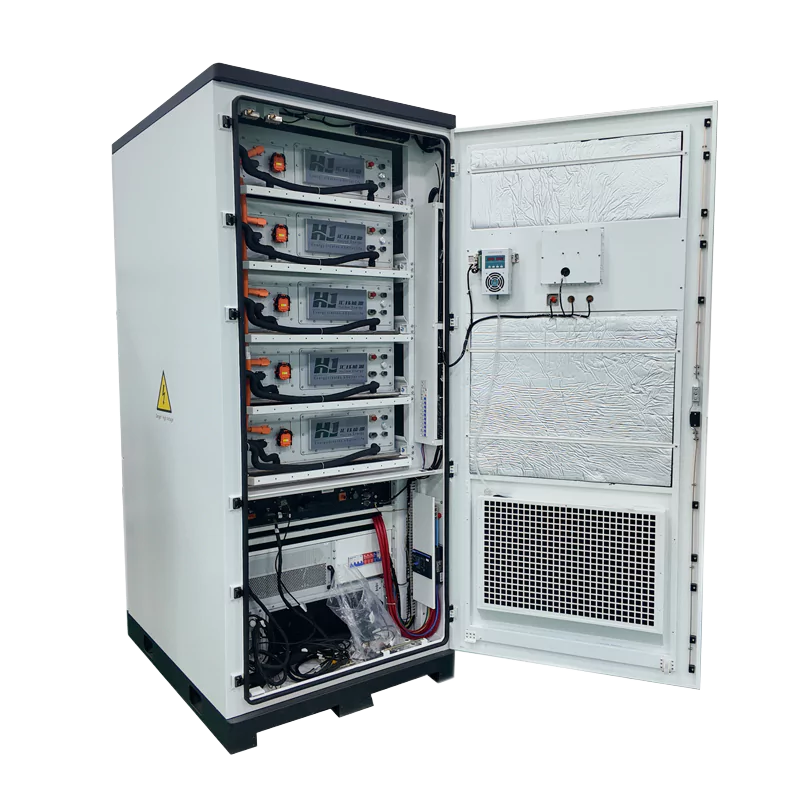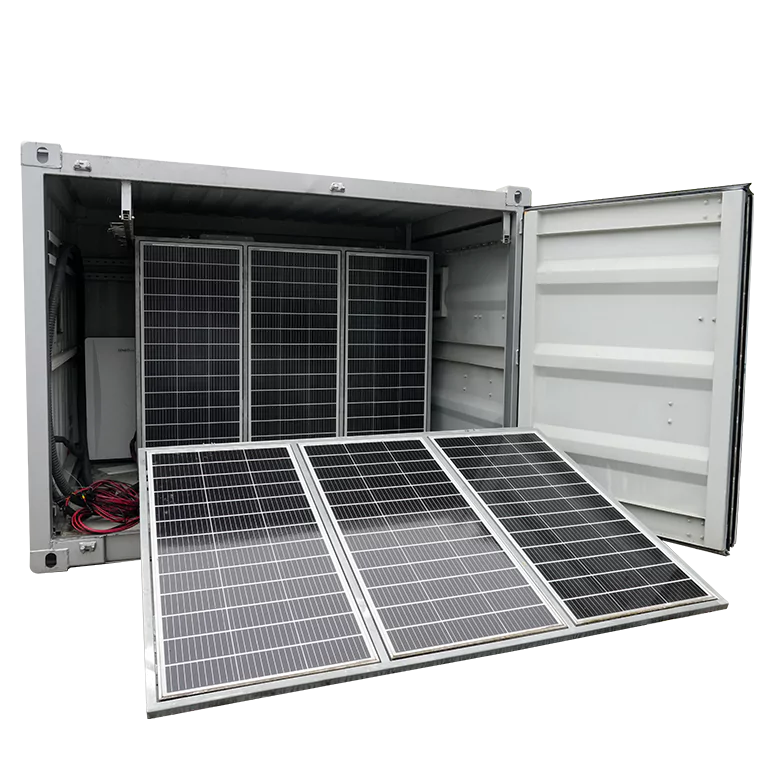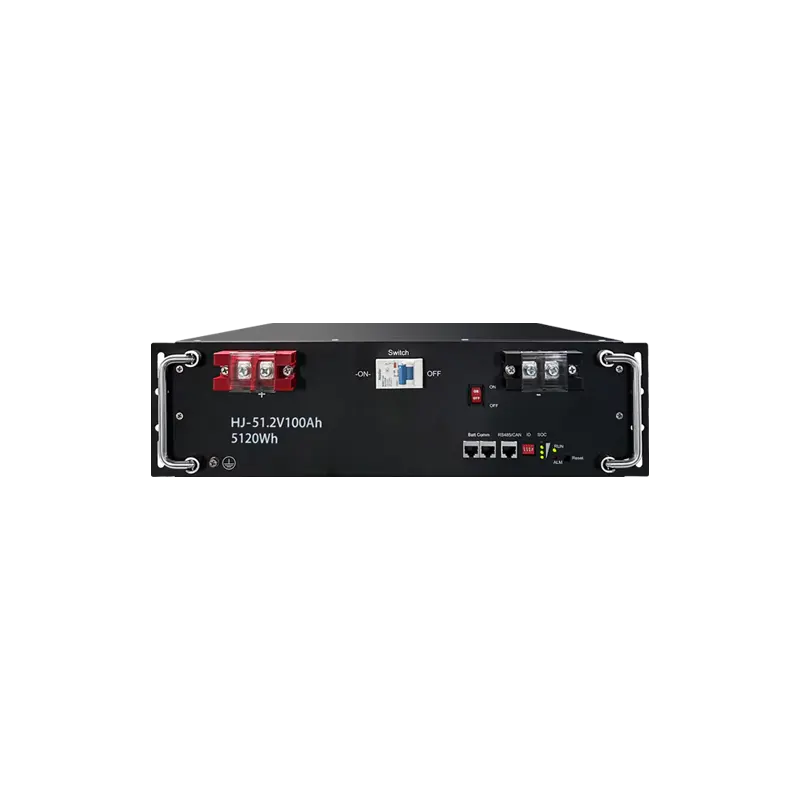Top 5 Hot Applications of Sodium Battery Energy Storage Systems
Sodium battery energy storage systems are quietly reshaping the new energy market. So why are they getting so popular? Those days, most people know about lithium batteries or lead-acid batteries—but not many really understand the pros and cons of sodium batteries.
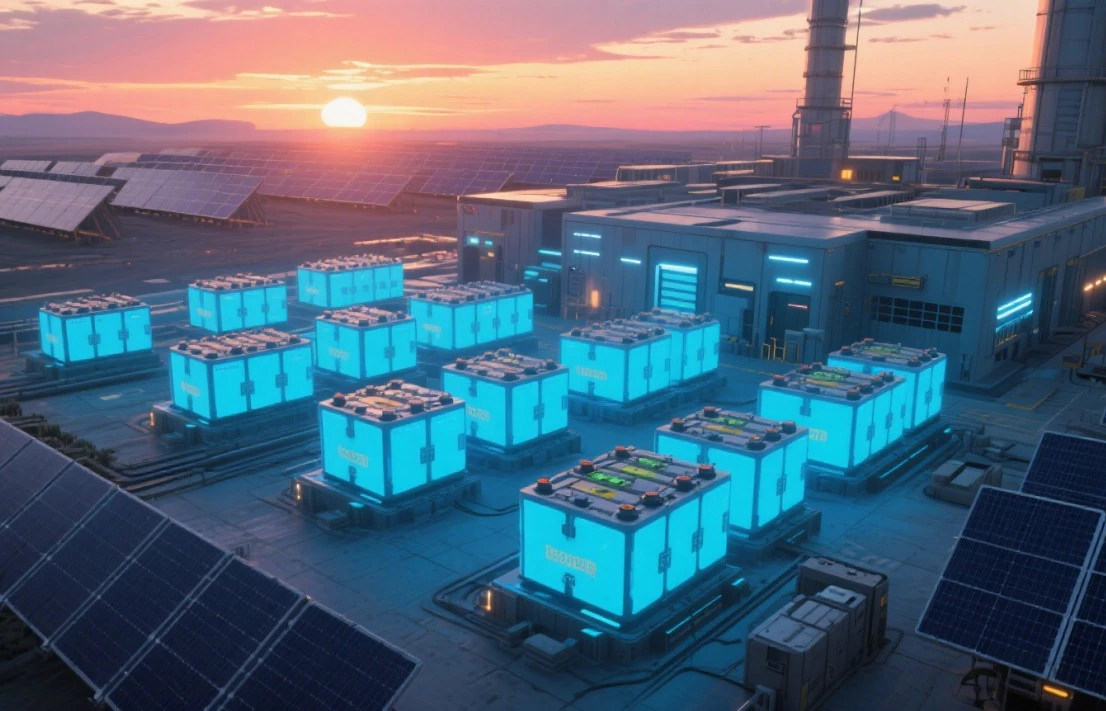
Advantages of Sodium Batteries
Firstly, they’re much safer. They’re less likely to catch fire or explode due to overcharging or deep discharging. Second, they’re cheap. Unlike lithium, which comes from relatively rare resources, sodium is super abundant. You can find it almost anywhere—on land or even in seawater.
Disadvantages of Sodium Batteries
That said, sodium batteries do have one obvious downside: lower energy density. That means, they’re not ideal for cars or compact devices where space is tight. But when it comes to large-scale energy storage, like grid or commercial use, where space isn’t a big issue, they’re actually a great alternative to lithium batteries.
Because of this, sodium battery technology has been evolving fast in recent years.
So, considering its advantages and disadvantages, in which scenarios is the sodium system most suitable? Let’s break down five of the most promising and talked-about application areas.
Top 5 Application Areas
Utility-Scale Renewable Energy Projects
One of the most exciting uses of sodium battery energy storage systems is in utility-scale solar or wind farms. These projects generate a lot of electricity, but not always when people need it. Sodium batteries help balance that.
They can store extra power during peak generation hours (like sunny afternoons or windy nights) and release it during demand peaks. Unlike lithium batteries, sodium systems handle temperature extremes better and are less likely to overheat. That makes them ideal for large-scale grid storage.
Rural Microgrids and Off-Grid Areas
In many regions without stable grid connections, sodium batteries are becoming a smart choice. Think of rural villages, islands, or mountainous zones.
Why sodium? It’s cheap and easy to transport. And since these areas often rely on diesel or have no power at all, pairing solar with a sodium battery energy storage system brings huge improvements in quality of life. It powers homes, clinics, schools, and water pumps—reliably and affordably.
Commercial and Industrial Backup Power
Factories, data centers, and logistics hubs need stable power. Downtime means big losses. Traditionally, diesel generators have been the go-to solution. But now, sodium battery systems are stepping up as cleaner, quieter, and more sustainable alternatives.
They offer instant response and can be customized to different scales. In case of power outages, sodium batteries kick in with zero delay. Plus, they’re safer in enclosed spaces due to lower fire risk.
Peak Shaving in Urban Power Grids
Cities face a common problem: power demand spikes in the morning and evening. Utilities charge more during these hours. That’s where sodium battery energy storage systems come in.
Buildings can store cheap electricity during off-peak times and use it during peak hours. It reduces the electricity bill and also eases the load on the city’s grid. With sodium being cost-effective, it’s a smart tool for peak shaving.
Integration into EV Charging Stations
As electric vehicle use grows, so does the pressure on charging infrastructure. Fast chargers draw a lot of power, often more than the local grid can handle.
By installing sodium battery systems at EV charging stations, energy providers can store power ahead of time and deliver it quickly when EVs plug in. It also helps avoid grid upgrades and cuts peak demand charges.
Conclusion:
Sodium battery energy storage systems are no longer just lab experiments. They’re real, ready, and relevant. From rural areas to bustling cities, from factories to solar farms—they’re showing up everywhere. As costs continue to fall and performance improves, expect to see sodium taking a bigger slice of the energy storage market.
If you’re planning an energy storage project, now’s the time to explore sodium.
Find Your Solar + Battery Storage Specialist Now!
* Fill out this form and our experts will help you find the perfect solar storage solution for your home or business.


